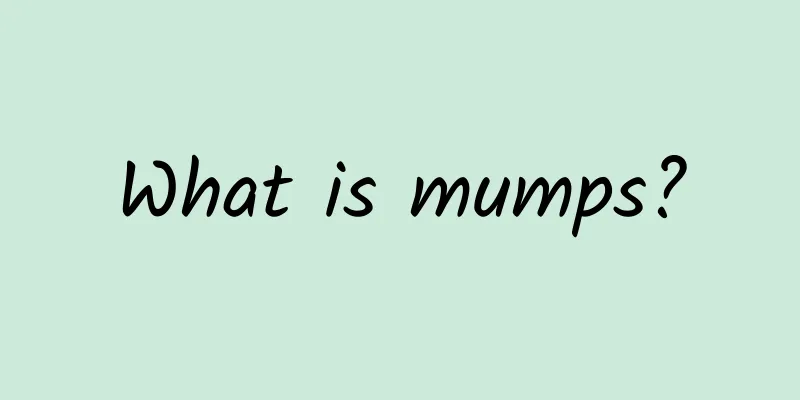What are the hazards and side effects of neonatal jaundice?

|
The hazards and side effects of neonatal jaundice mainly depend on the type and severity of jaundice. Severe pathological jaundice may cause hearing loss, brain damage and even kernicterus, while mild physiological jaundice usually has no long-term impact on health. Timely identification of jaundice type and medical treatment are the key to preventing its harm from expanding. 1What is neonatal jaundice? Jaundice is a condition in which the skin, sclera, and mucous membranes turn yellow due to elevated levels of bilirubin in the body. There are two types of neonatal jaundice: Physiological jaundice: Most newborns begin to experience jaundice 2-3 days after birth and disappear on their own within 12-14 days. This is caused by the temporary obstruction of bilirubin metabolism due to the immaturity of liver function, and usually does not pose a long-term threat to health. Pathological jaundice: occurs within 24 hours of birth, is severe or lasts for a long time. Its causes may include hemolysis, liver dysfunction, infection and other diseases. This situation needs to be taken seriously. 2What are the dangers of neonatal jaundice? The harm of physiological jaundice: Generally none, but it needs to be closely monitored to avoid turning into pathological jaundice. The hazards of pathological jaundice: Kernicterus: When bilirubin levels are too high, it may penetrate into the brain's nerve tissue and cause brain damage, which can manifest as muscle weakness, convulsions, or mental retardation. Hearing loss: High bilirubin levels may damage the auditory nerve, leading to hearing loss or even deafness. Increased risk of systemic infection: In some cases, jaundice may be a manifestation of infection. If not treated promptly, it may lead to severe sepsis or other complications. 3What are the treatments for neonatal jaundice? Phototherapy: Phototherapy devices can convert bilirubin into a form that is easily excreted. It is a common treatment for physiological jaundice and some pathological jaundice. Exchange transfusion: If jaundice is severe and phototherapy is ineffective, such as hemolytic jaundice, exchange transfusion may be needed to quickly lower bilirubin levels. Drug treatment: If jaundice is caused by liver function problems, vitamin K supplementation or other targeted drug treatment may be needed. 4 Daily care suggestions: Breastfed newborns should pay attention to the progression of jaundice and ensure adequate milk intake to promote excretion. Go to the hospital for regular follow-up. Newborns need to undergo jaundice screening within 48 hours after discharge to promptly assess whether medical intervention is needed. If you suspect your baby has severe jaundice, please take your baby to the hospital for diagnosis and treatment first. This is the only way to avoid serious harm. At the same time, parents should pay attention to health examinations and care to help reduce the risk of disease. |
<<: What are Hirschsprung's disease symptoms?
>>: Does a hernia in a child require surgery?
Recommend
Is Chinese medicine effective in treating patent ductus arteriosus?
Is Chinese medicine effective in treating patent ...
Is mumps contagious in children?
Mumps is contagious and is mainly spread through ...
How should parents determine the type of neonatal jaundice?
Clinically, there are two types of neonatal jaund...
Best time to treat ADHD
The best time to treat ADHD is between the ages o...
How to cure pneumonia in children
Neonatal pneumonia is a very common disease. The ...
What are the ways to get rid of jaundice?
Jaundice can be relieved by removing the cause, t...
What should I do if I vomit jaundice during pregnancy? What causes vomit jaundice during pregnancy?
In the early stages of pregnancy, women may be pr...
The main symptom of acute laryngitis in children is dyspnea
One of the main symptoms of acute laryngitis in c...
What is the diagnosis of jaundice?
Neonatal jaundice is a common physiological pheno...
How to prevent neonatal jaundice? How to prevent and care for neonatal jaundice?
Many newborns will have jaundice after birth, and...
How to get polio
Polio is a multi-disease in children. Polio can c...
Which hospital is specialized in treating pediatric tracheitis?
The general symptoms of bronchitis in children ar...
What is the folk remedy for mumps?
What should you do if you have mumps? How should ...
Causes of infant hernia, 3 common causes of infant hernia
Infant hernia is a common problem faced by many f...
What to do if your child has a flu cough
Children's flu cough is generally caused by v...









